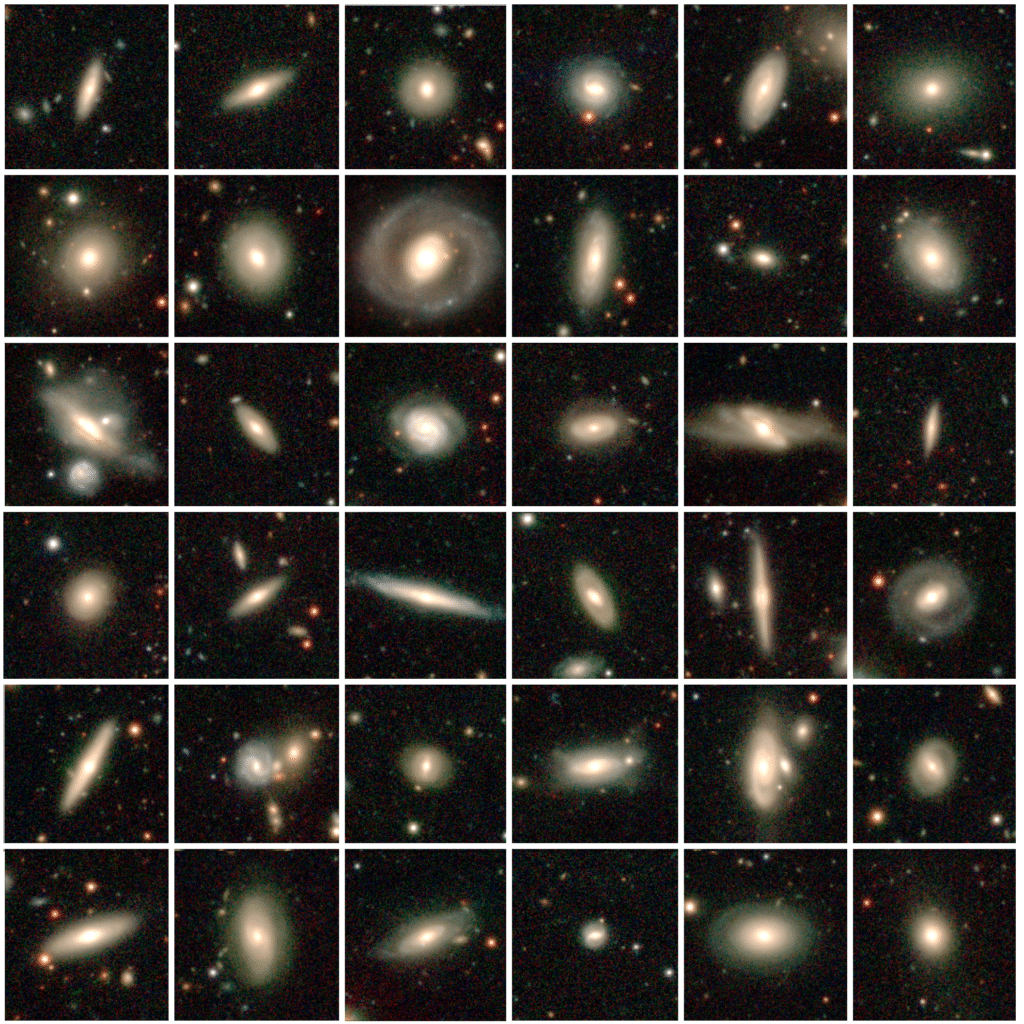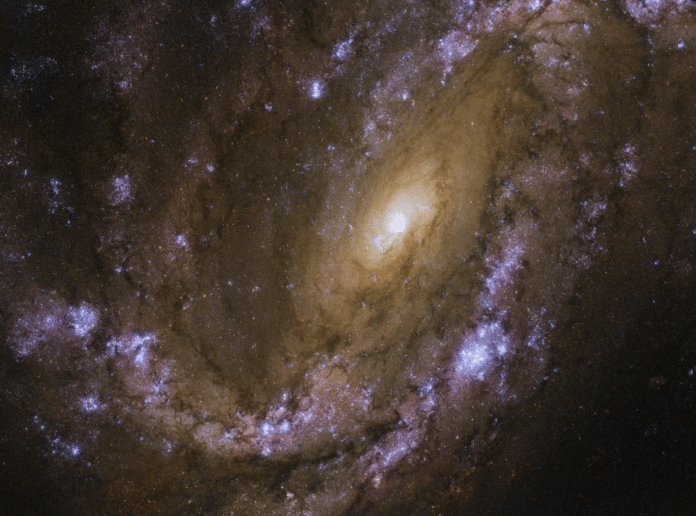Active black holes are generally found in large galaxies. They are million to billion times more massive than the sun.
While these black holes pull in the surrounding matter, the matter gets superheated. And due to friction, the matter becomes very luminous. Another fascinating facet of the active black holes: when they are active, these black holes can outshine the rest of the galaxy.
Until now, identifying bright black holes has been challenging. Astronomers need to use complex methods unique to different types of telescopes.
Astronomers at the ICRAR have found a new way to detect active black holes in-universe. Using this method, they can now measure how much matter these black holes are sucking in.

Unlike other classical methods, this new technique works on typical telescope observations that already exist for millions of galaxies.
Lead author Jessica Thorne, a Ph.D. student at the University of Western Australia node of the International Centre for Radio Astronomy Research, said, “We can identify these active black holes and look at how much light they’re emitting, but also measure the properties of the galaxy it is in at the same time.”
“By doing both at once, we can have a better idea of exactly how the black hole is impacting its host galaxy.”
This new technique has been developed by using a new algorithm called ProSpect. They used the algorithm to model emission from galaxies and black holes at different wavelengths of light. Later, they applied a method to almost half a million galaxies from Anglo-Australian Telescope’s DEVILS survey.
Thorne said, “One of the reasons we’ve ignored them in the past is because it’s hard to find them all.”
“We don’t understand these bright black holes to incorporate them into our modeling with sufficient detail.”

Sabine Bellstedt from ICRAR said, “The new technique is easier, more consistent, and more thorough. It suddenly means we can look for active black holes in so many more places than we were able to before.”
“It’s going to help us search more galaxies and look further back in time to the distant Universe.”
Thorne said, “We think that an active black hole in a galaxy can decrease the amount of star formation quickly and stop the galaxy from growing any further.”
“It can effectively kill it.”
Astronomers are now planning to use their technique on millions of galaxies at once.
Journal Reference:
- Jessica E Thorne, Aaron S G Robotham, Luke J M Davies et al. Deep Extragalactic VIsible Legacy Survey (DEVILS): identification of AGN through SED fitting and the evolution of the bolometric AGN luminosity function. DOI: 10.1093/mnras/stab3208
